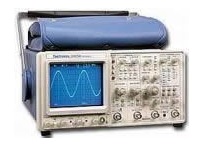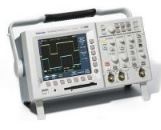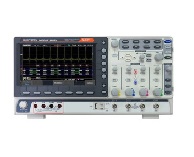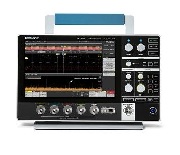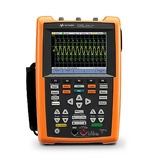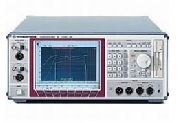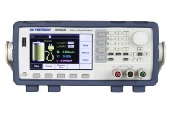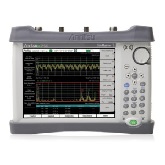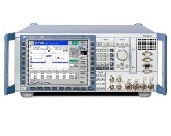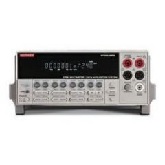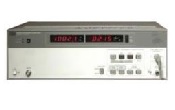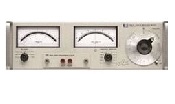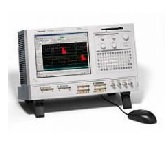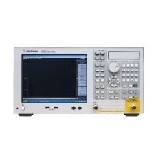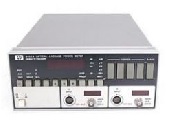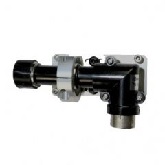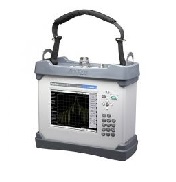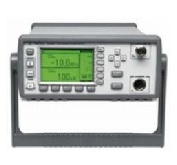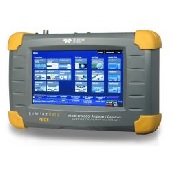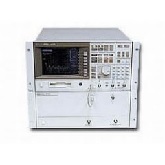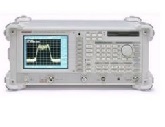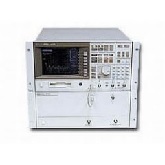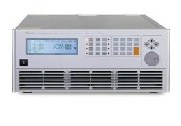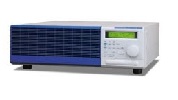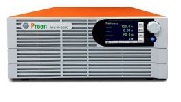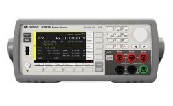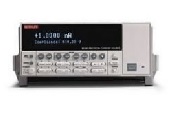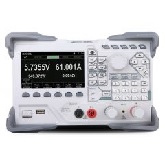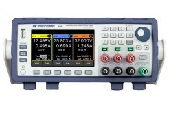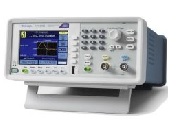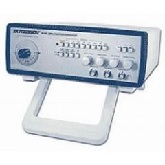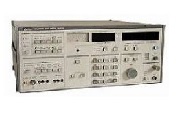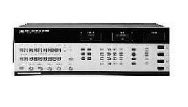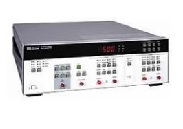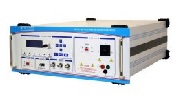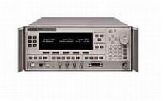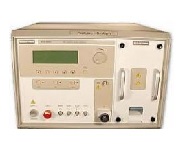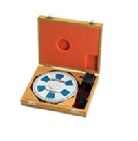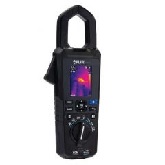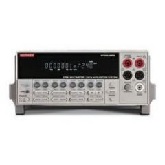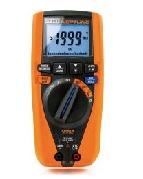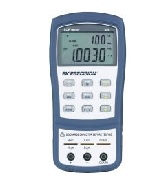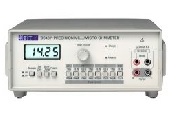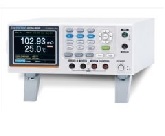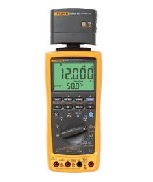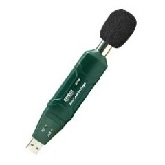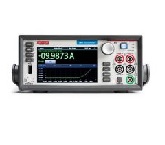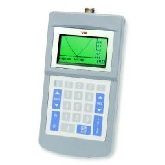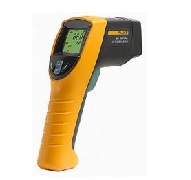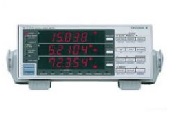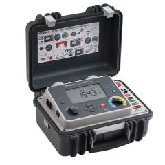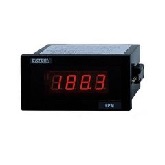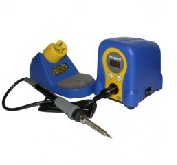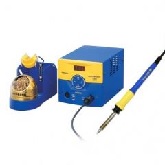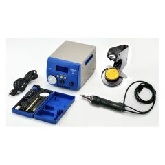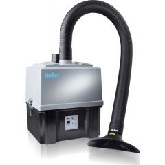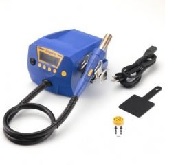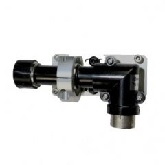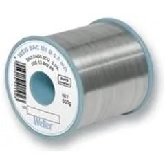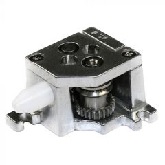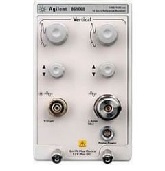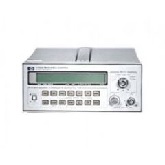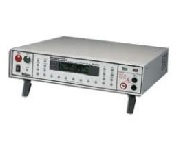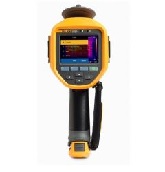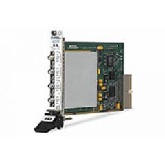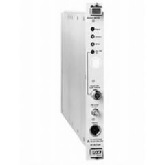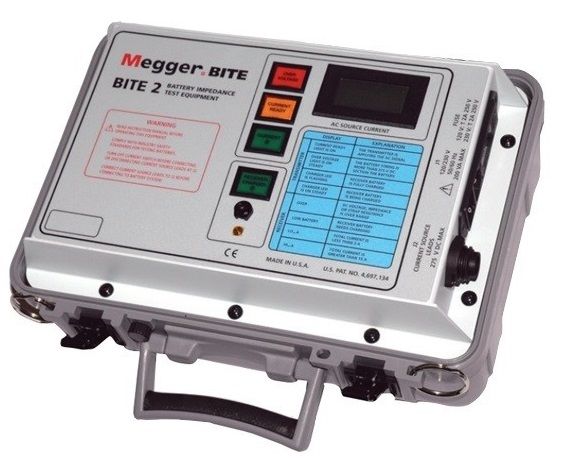BITE2 Megger Battery Analyzer
Additional Features:
- Determines condition of lead-acid and
- NiCd cells up to 7000 Ah
- On-board Pass/Warning/Fail indications
- Robust, repeatable instruments
- On-line testing
- Checks charger condition by measuring ac ripple current
- Includes PowerDB LITE Software
Accessories:
- Transmitter for BITE2
- Receiver
- Fused Source Leads, 20 ft (6 m)
- Current sensor, 2 in. (50 mm) opening with 5 ft (1.5 m) lead
- CT extension cable, 20 ft (6 m)
- Communication cable, 6 ft (1.8 m)
- Charger cable
- ac line cord, 8 ft (2.5 m)
Applications:
A battery’s internal impedance increases with decreasing capacity due to various conditions such as age, ambient temperature, discharge history, etc. See Figure 2. Both the BITE2 and BITE2P measure impedance values and dc voltage for leadacid and nickel-cadmium cells up to 7000 Ah capacity.
Impedance finds electrical path problems due to plate sulphation, post-seal corrosion, dry-out, and poor intracell and intercell connections.
This information lets the operator determine maintenance needs such as:
- Cell replacement criteria based on impedance trends.
- Jumpering out a cell or two.
- Clean and/or retorque intercell connectors.
- Shorten the maintenance interval, etc.
Typical installations that can be tested using the BITE2 and BITE2P include:
- Electrical power generation plants.
- Substations: utility, railroad, industrial
The BITE2 and BITE2P Battery Impedance Test Equipment determine the condition of lead-acid and nickel-cadmium cells up to 7000 Ah. An advanced feature set has been developed that includes Pass/Warning/Fail calculations based on a userentered baseline value, advanced printing functions and more. The case of the BITE2P consists of both the transmitter and a carrying case for all of the standard accessories and some of the optional accessories, in an all-in-one unit. The BITE2 and its accessories fit into a sturdy canvas case with a shoulder strap.
The instruments work by applying a test signal across the battery string while on-line, then calculates impedance based on simultaneous measurements of current and resulting voltage drop of each cell/jar. They also measure dc voltage and interconnection (strap) resistance to help determine the overall condition of the entire battery string’s electrical path from terminal plate to terminal plate.
| Manufacturer | Megger |
|---|---|
| Condition | New |


